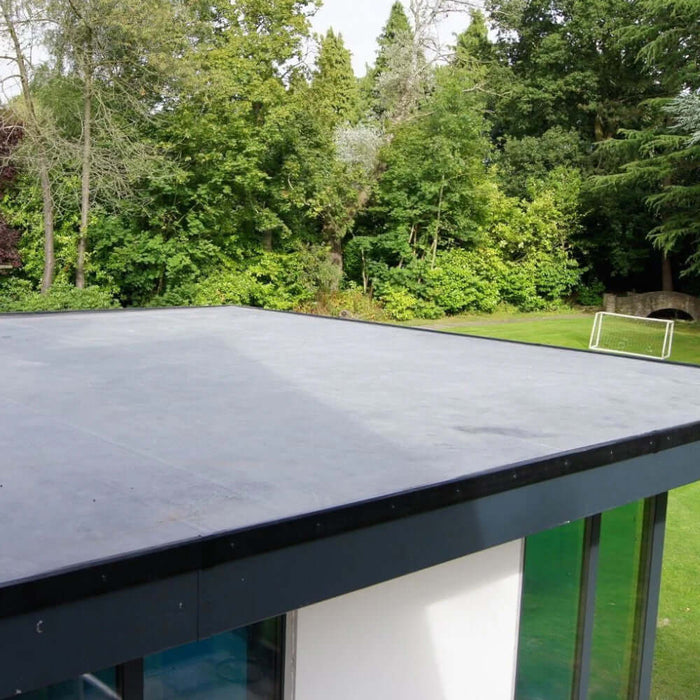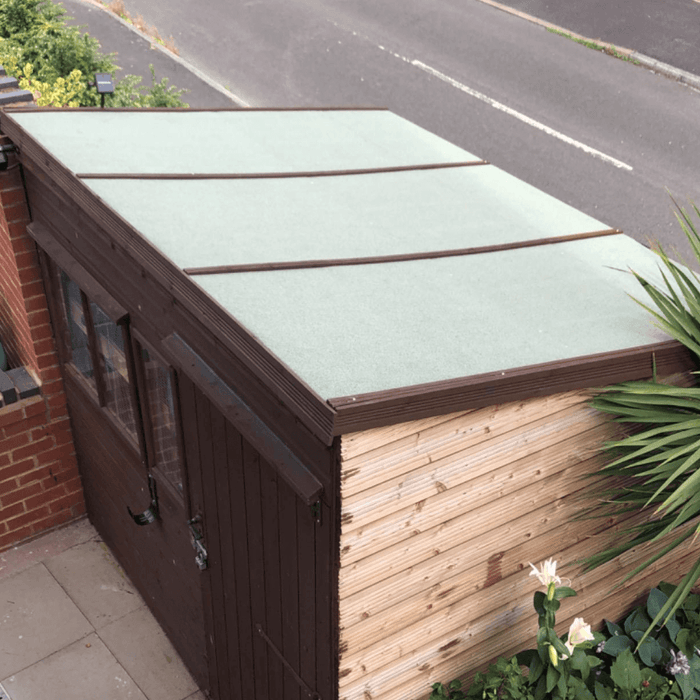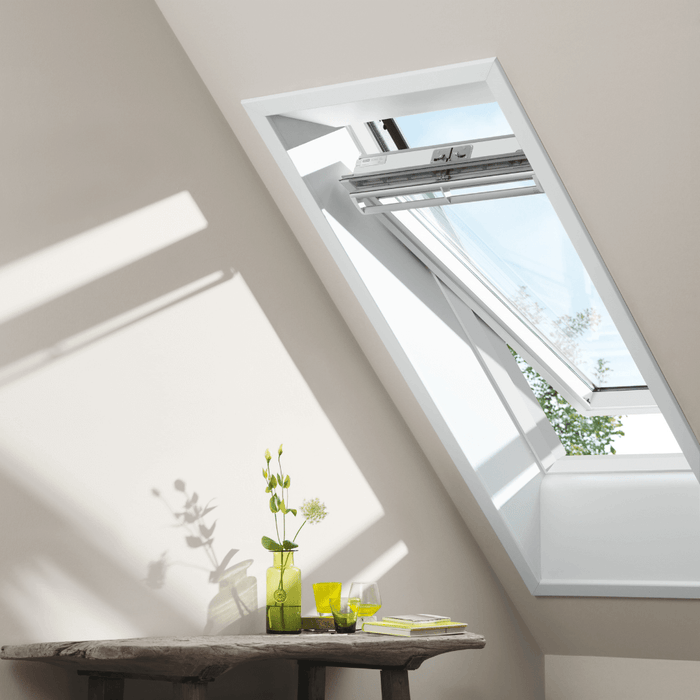Felt Lap Vent, Loft Vents and other Loft Ventilation Products.
Part 3 in a series of guides about how to stop condensation in loft space, attics and roofs.
This article focuses on:
In this final section of our complete guide on how to stop condensation in loft spaces, we will give you all the tips and professional advice you need to banish condensation from your home.
What causes condensation in your attic?
Commonly found in bathrooms after a long hot shower, or kitchens after boiling the kettle, condensation is a daily occurrence in most homes. In some instances, it doesn’t cause any issues at all. But if it is left to build up in your attic or loft, it could lead to both serious health problems and structural damage.
So how does condensation occur? Well, put simply, condensation forms when warm air comes into contact with cold air or cold surfaces. The water vapour within the air liquefies to form water droplets or dew. These droplets cling to walls, windows, furniture, ceilings, lofts… just about any surface, and this is what we refer to as condensation.
It’s easy to ignore condensation in the loft or attic. Most people only visit their attic once or twice a year. The weeks running up to and following Christmas is one example as many people visit their lofts to bring Christmas decorations down from storage.
However, if you do spot it, it’s important that you take quick action to stop in turning into a major issue.
Loft vents come in all shapes and sizes. Our top 5 Loft Ventilation Products to stop condensation in your attic are listed below:
Felt Lap Vents
(DIY solution for modern and period properties):
Felt Lap Vents are considered by many as the most popular and easy-to-fit products available on the market today. Inserted on the inside of the roof, they are a DIY product that can be easily and cheaply installed. They are extremely effective at treating condensation problems in attics and lofts. Manthorpe and Easy Vents for Lofts are widely considered to be the best on the market.
Manthorpe Felt Lap Vent.
Specifically designed to improve ventilation in existing loft spaces, Manthorpe lap vents are manufactured from robust polypropylene plastics. Designed to slot right into your breather membrane or roof felt, they are simple to install. Each vent is equipped with 3 felt clips to keep it securely in place and generates up to 3,000mm2/m of ventilating airflow.
The Felt Lap Vent can be fitted to any loft with joists ranging from 400mm to 600mm, and they are fully recyclable after use.
EasyVent for Lofts.
The EasyVent is both innovative, inexpensive and inconspicuous. Just like Manthorpe vents, they are installed on the inside of the roof, in between the overlap and underlap of the felt lining or membrane.
Each EasyVent Loft Vent comes with a spring attachment that you position inside the vent before installation to create an airflow outlet. This allows warm, moisture-rich air to escape through the roof and instantly helps to stop condensation in lofts. It’s such a simple solution, but it works.
Other Products to Help Ventilate your Attic.
There are many products available to help you stop loft condensation, and most of them are inexpensive. Remember that they require a lot more work to fit, and work is often undertaken on the outside of the building. Here is an overview of 3 other roof vents that may help you:
Roof Vents
(Fascia, Soffit and Eaves Panel Vents).
Roof vents are inserted into the inside of the roof, usually in the eaves. They improve airflow, aid ventilation, and prevent the build-up of condensation. Available in a variety of specifications, colours and sizes to suit every property. Roof vents are affordable, quick to install, and effective at reducing loft condensation in buildings of every size. They are best installed on new roofs or when an old roof is being refurbished.
Roof Tile Vents.
Roof tile vents are applied to the exterior of the roof, just like regular roof tiles. Each tile is fitted with an inconspicuous air vent that draws warm air up and out of the roof while keeping bugs and debris out of your roof space. Any rainwater entering the vent is funnelled straight back out onto the tile, and so your loft remains dry and condensation free. Roof tile vents come in various colours and sizes, so matching them up to your tiled roof is easy.
Slate Vents.
Products are also available for slate roofs in the form of slate vents. Compact, easy to install, and discreet, these vents are ideal for period properties and stone houses, where they promote airflow and keep roof spaces free from condensation. They slot in place just like regular roof slates and blend in seamlessly with the rest of the roof.
If you have damp in loft or attic and need advice, please contact the Roofing Specialist at Ashbrook Roofing Supplies. Alternatively, read our other articles in this series to find out more.










